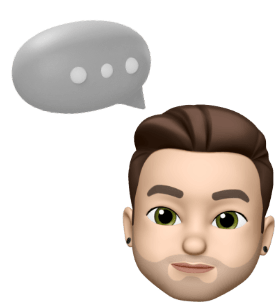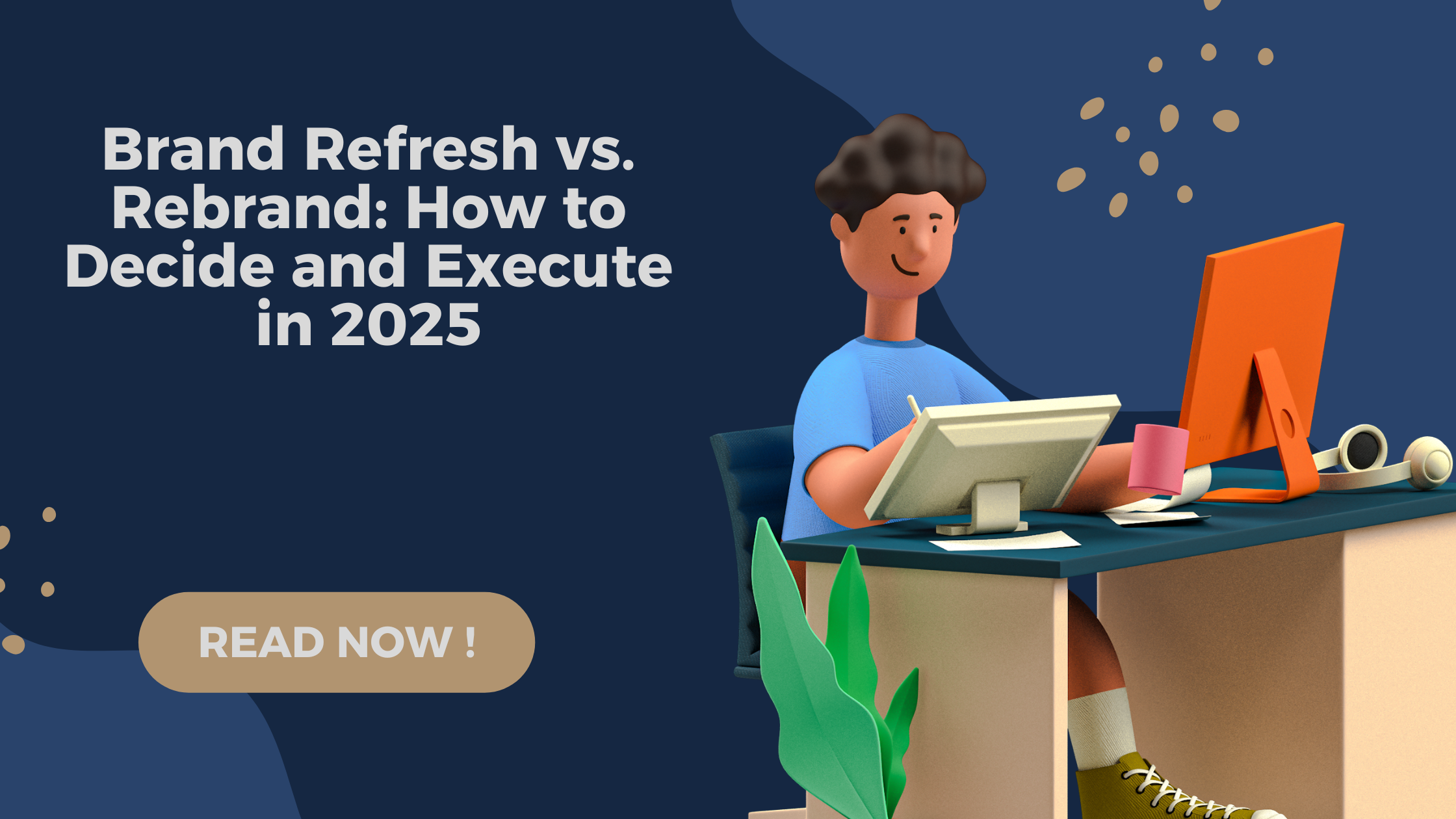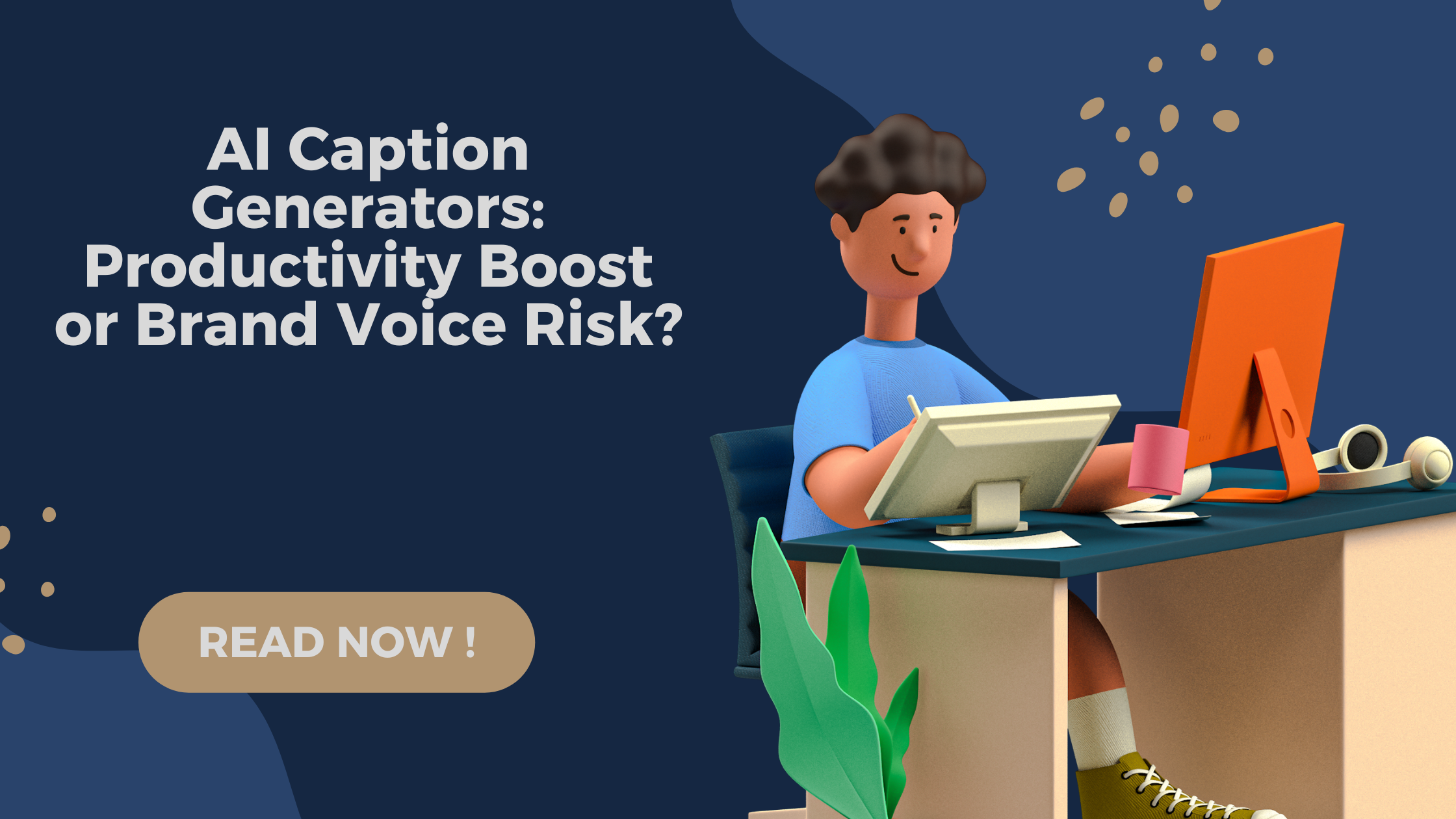Table of Contents
- Introduction: The Convergence of Education and Entertainment
- What is Edutainment?
- The Psychology Behind Why Edutainment Works
- Key Platforms Driving the Edutainment Boom
- Formats of Edutainment Content
- Benefits of Using Edutainment in Marketing
- Successful Brand Case Studies
- How to Create High-Impact Edutainment Campaigns
- SEO Strategies for Educational Content
- Monetizing Edutainment
- Metrics That Matter: How to Measure Success
- Challenges and Ethical Considerations
- The Future of Edutainment: Trends to Watch
- FAQs
- About Rahul Sinha Digital Solutions (RSDS)
- Suggested Reading (10 Sources)
- Conclusion: Entertain to Educate, Educate to Win
The Convergence of Education and Entertainment
Audiences in 2025 demand more than just flashy ads or pushy sales messages. They want value, relevance, and knowledge. This is where edutainment shines—a hybrid strategy that merges education and entertainment into compelling content formats. From TikTok tutorials to Netflix-style webinars, edutainment helps brands teach while they sell.
What is Edutainment?
Edutainment combines educational value with engaging, entertaining formats to improve content retention and user engagement.
| Component | Description |
| Education | Delivers value through information or skill-building |
| Entertainment | Keeps audiences engaged with stories, humor, or visuals |
Example: A fitness brand sharing short, humorous videos on proper form while working out.
The Psychology Behind Why Edutainment Works
Edutainment leverages:
- Cognitive ease: Simplified messages help retention
- Emotional engagement: Storytelling triggers memory
- Microlearning: Bite-sized lessons improve consumption rates
Study Insight: Users retain 65% of visual content after 3 days vs. 10% of text-only.
Key Platforms Driving the Edutainment Boom
- YouTube: Explainers, docu-series, vlogs
- TikTok & Instagram Reels: Short-form tips & hacks
- Podcasts: Audio-based edutainment
- Webinars & Live Streams: Real-time, immersive education
- Interactive E-books and gamified apps
Formats of Edutainment Content
| Format | Purpose | Example |
| Animated Explainers | Visualize complex topics | CrashCourse on YouTube |
| Edutainment Podcasts | Thought leadership | HubSpot’s “Marketing Made Simple” |
| AR/VR Experiences | Immersive learning | Medical VR training |
| Live Demos | Real-time engagement | Apple Keynotes |
Benefits of Using Edutainment in Marketing
- Builds trust and authority
- Increases content shareability
- Enhances audience retention
- Reduces ad fatigue
Real-World Insight: Brands that use educational content generate 3x more leads than traditional marketing.
Successful Brand Case Studies
- Duolingo: Social media humor + language education
- TED-Ed: Bite-sized animations that simplify big ideas
- Canva: Tutorials + entertainment = stronger product onboarding
- Headspace: Mindfulness + animation = engaging mental health tools
How to Create High-Impact Edutainment Campaigns
- Identify audience pain points
- Choose the right content format
- Mix narrative with facts
- Include CTAs naturally
- Test, iterate, and evolve
Pro Tip: Use storytelling frameworks like the Hero’s Journey to map content arcs.
SEO Strategies for Educational Content
- Focus on question-based keywords (“how to,” “what is”)
- Use structured data for educational snippets
- Implement video schema for explainer content
- Optimize YouTube metadata
SEO Tip: Embed videos in blog posts to increase dwell time and reduce bounce rate.
Monetizing Edutainment
- Sponsorships & ads (YouTube, podcast)
- Courses & subscriptions
- Affiliate marketing with tool tutorials
- E-commerce tie-ins (merch, product demos)
Metrics That Matter: How to Measure Success
| Metric | Purpose |
| Watch Time | Content stickiness |
| Shares & Saves | Virality & impact |
| Conversion Rate | Learning-to-action flow |
| Engagement Rate | Emotional and utility connection |
Challenges and Ethical Considerations
- Oversimplifying complex topics
- Misinformation risk
- Cultural sensitivity
- Data collection in interactive tools
Solution: Build content with subject-matter experts and ethical guidelines.
The Future of Edutainment: Trends to Watch
- AI-generated learning paths
- Hyper-personalized content playlists
- Mixed-reality classrooms
- Voice-first edutainment (Zero-UI)
FAQs
Q1: Is edutainment only for Gen Z?
A: No. While Gen Z consumes a lot of edutainment, it’s equally valuable for millennials and older audiences in B2B settings.
Q2: How do I start with no budget?
A: Use free platforms (YouTube, Instagram), and start with low-production but high-value content.
Q3: Can edutainment work for B2B?
A: Yes. Think industry whiteboard videos, webinars, or LinkedIn series.
Q4: Is humor necessary?
A: Not required, but relatability and emotional appeal are essential.
Q5: What’s the best platform for ROI?
A: YouTube for long-term traffic; Instagram for viral reach; Podcasts for niche authority.
Q6: How long should edutainment videos be?
A: Keep short-form videos under 2 minutes, and longer explainers under 10 minutes for optimal engagement.
Q7: How do I track ROI on edutainment?
A: Use metrics like lead generation, watch time, share rate, and funnel attribution to gauge success.
Q8: What tools help in creating edutainment content?
A: Canva, Adobe Premiere, OBS Studio, and educational script templates are great starters.
Q9: How do I find topics for edutainment?
A: Look at audience FAQs, Google Autocomplete, or social media trends in your niche.
Q10: How often should I post edutainment content?
A: At least once a week to stay consistent and build audience retention.
RSDS is a growth-focused digital marketing agency helping modern brands educate, entertain, and engage their audience through:
- Edutainment strategy design
- Video and content production
- SEO + performance analytics
- Brand storytelling at scale
🎯 Let us turn your knowledge into your biggest marketing asset. Visit rahulsinha.in
Suggested Reading (10 Sources)
- Harvard Business Review – “Why Teaching Sells”
- Content Marketing Institute – “The Rise of Edutainment”
- Google Think – “Visual Learning Trends”
- Moz – “Video SEO Best Practices”
- HubSpot – “Content That Educates and Converts”
- Neil Patel – “How to Make Educational Content Viral”
- Statista – “Edutainment Market Growth”
- Wired – “Why Microlearning Works”
- Forbes – “The Power of Interactive Content”
- LinkedIn Learning Blog – “Corporate Training Meets Entertainment”
Entertain to Educate, Educate to Win
The brands that lead tomorrow will not just capture attention—they will hold it, educate with it, and inspire action from it. Edutainment isn’t a trend; it’s the blueprint for long-term engagement. As content noise increases, the winning formula is simple: be useful, be delightful, and always keep learning fun.
Written by the RSDS Content Team





